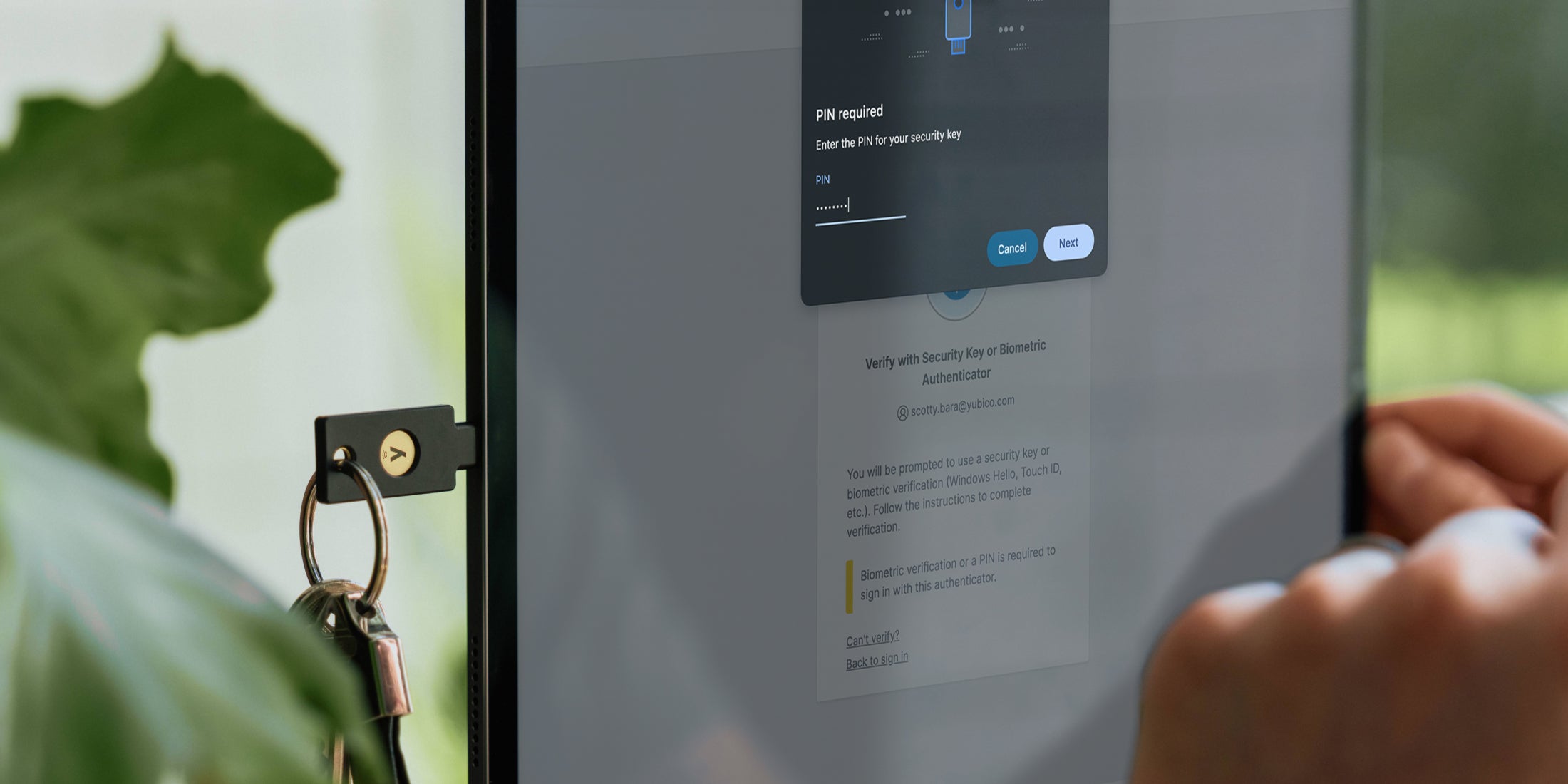Phishing continues to make headlines with attackers using stolen credentials to gain access to valuable systems and sensitive data. Although phishing has been a known technique for a long time, the industry is still struggling to effectively defend against it.
This may seem surprising to many as “phishing” calls to mind poorly written emails, generic text messages, poorly made web pages, or robot-voiced phone calls – and the industry has been trying to defend against these methods for years. Primary defenses thus far have been training and legacy MFA (multi-factor authentication). However, these defenses make user discretion one of the key components. If an attacker can successfully trick a user with sufficiently convincing visuals and URLs, they can still be successful.
As long as there’s still a reasonable chance of success for relatively low effort, attackers will continue to build upon their successes. Similar to how today’s developers will leverage toolkits and shared community projects to simplify their work, attackers are able to do the same. There are toolkits that simplify the effort needed for an attacker to get up and running to just a few command line steps.
An example of a similar tool intended for demonstration and research purposes, evilginx2, allows researchers to easily set up and enable convincing phishing campaigns. A researcher installs the toolkit and selects an option from a set of community developed options called phishlets.
This style of toolkit still requires a technically savvy attacker, but doesn’t require specialized phishing campaign software skills.
Phishing-as-a-Service
Now the ecosystem has evolved even further with phishing services. For criminals who know where to go and are willing to part with some crypto, it is possible to have a phishing service provider manage their phishing campaign for them and simply provide them with results without any technical knowledge of phishing campaign tools on behalf of the attacker. Similar to legitimate service offerings, phishing-as-a-service providers are even offering discounts and subscriptions to entice new users. A screenshot from Resecurity’s blog post on a recent phishing-as-a-service campaign shows how simple these services make it for attackers to start up these campaigns.
What can be done to combat phishing campaigns today?
Phishing-resistant MFA is multi-factor authentication (MFA) that is immune from attempts to compromise or subvert the authentication process, commonly achieved through phishing attacks, which includes but is not limited to spear phishing, brute force attacks, man-in-the-middle attacks, replay attacks and credential stuffing. Phishing resistance within an authentication mechanism is achieved by not only requiring that each party provide proof of their identity but also intent through deliberate action.
Phishing-resistant MFA is really the most effective way to address this issue due to a couple main distinctions:
- The credentials are tied to a domain and a user does not have to visually assess whether a site is legitimate or not. This means an attacker can’t trick a user with unicode tricks or convincing images.
- Using asymmetric credentials means users no longer have to trust service providers with the credentials they use to access their services
To see how this phishing attack could go differently with the use of FIDO security keys like the YubiKey, check out a demonstration from Rachel Tobac made in collaboration with Yubico here.





